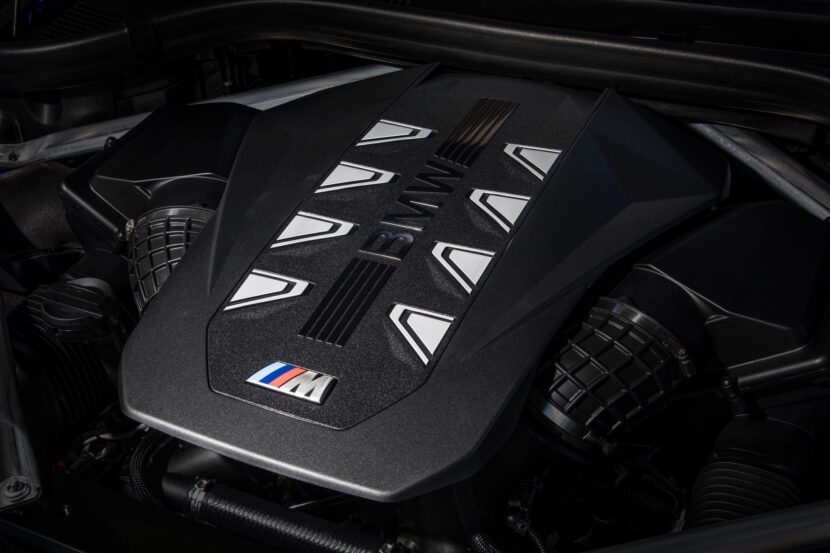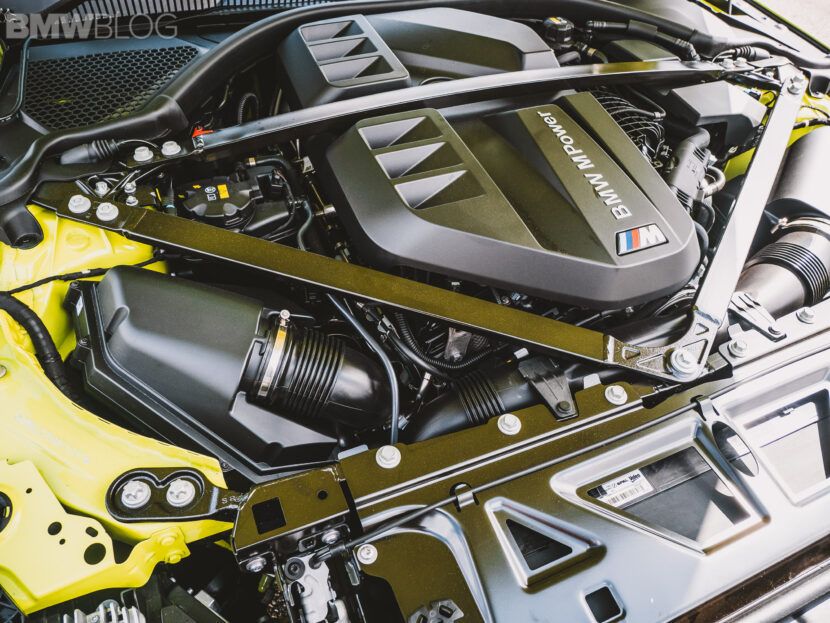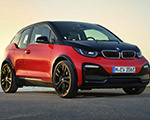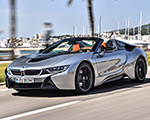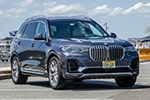At a time when many performance brands are reconfiguring their powertrains to meet stricter emissions regulations, BMW M is taking a different path. According to a recent Autocar interview with M division boss Frank van Meel, the company’s inline-six and V8 engines will not only survive the incoming Euro 7 rules—they’ll do so without any loss in performance. Van Meel made it clear: there’s no plan to downsize to smaller four-cylinder setups, not even in the case of the M5. “I couldn’t imagine putting a four-cylinder in an M5,” he told Autocar during an interview at the Goodwood Festival of Speed.
That comment alone will be reassuring for longtime BMW fans, especially as competitors like Mercedes-AMG have downsized aggressively. The new C63, for instance, moved from a thunderous V8 to a turbocharged four-cylinder plug-in hybrid, sparking plenty of controversy. But BMW M is signaling that it’s staying true to its roots—for now.
Emissions Rules Are Changing, but the Engines Aren’t
Euro 7 regulations, now delayed until late 2026, won’t lower emission limits compared to Euro 6e. Instead, they demand that those same limits be met in a much broader set of real-world driving conditions—things like cold starts, urban stop-and-go traffic, and high-speed driving. Cars must also stay compliant for up to 10 years or 124,000 miles—double the current durability requirement. The real technical challenge lies in how performance engines cool themselves. Under aggressive driving, many engines inject extra fuel to help control heat—a strategy that’s no longer viable under Euro 7’s strict Lambda 1 requirements (the ideal air-to-fuel ratio for clean combustion).
“Normally, if you are in high-performance situations, you cool using the fuel. With EU7, that’s impossible,” van Meel explained. “So you need to find different ways of avoiding temperature build-up.”
BMW M’s engineers, according to van Meel, have found solutions to this problem without compromising output. He didn’t go into specifics but said the combustion process and cooling strategy have been significantly reworked to stay within limits while preserving what makes an M engine feel the way it does.
Legacy Matters
The inline-six and V8 engines aren’t just a technical choice for BMW M—they’re a defining part of the brand’s identity. From the high-revving straight-sixes of the E36 M3 and E46 M3 to the muscular twin-turbo V8s in the M5 and M8, these engines carry decades of engineering evolution and racing pedigree. Van Meel told Autocar that M has no plans to abandon these formats in favor of three- or four-cylinder alternatives, regardless of how aggressively electrification continues. The key issue, he said, is maintaining BMW M’s unique performance character—especially how the car delivers torque, how high it revs, and how it sounds.
BMW has already hinted that’s working on the next-gen six-cylinder engine for the M3, but it remained tight lipped around the new technology. But it’s most likely that a mild-hybrid setup will come with the revised S58. [Source: Autocar]



